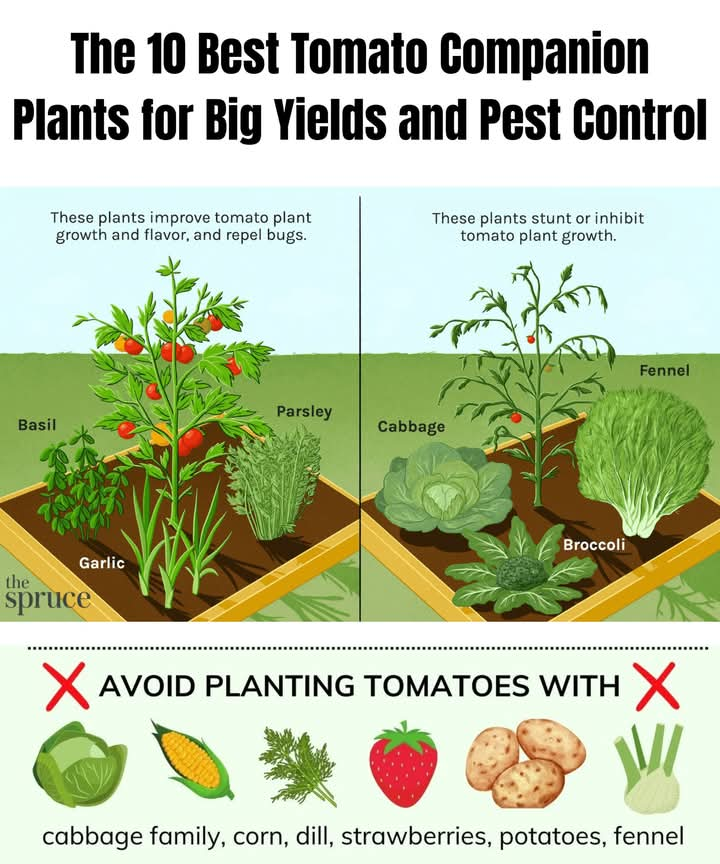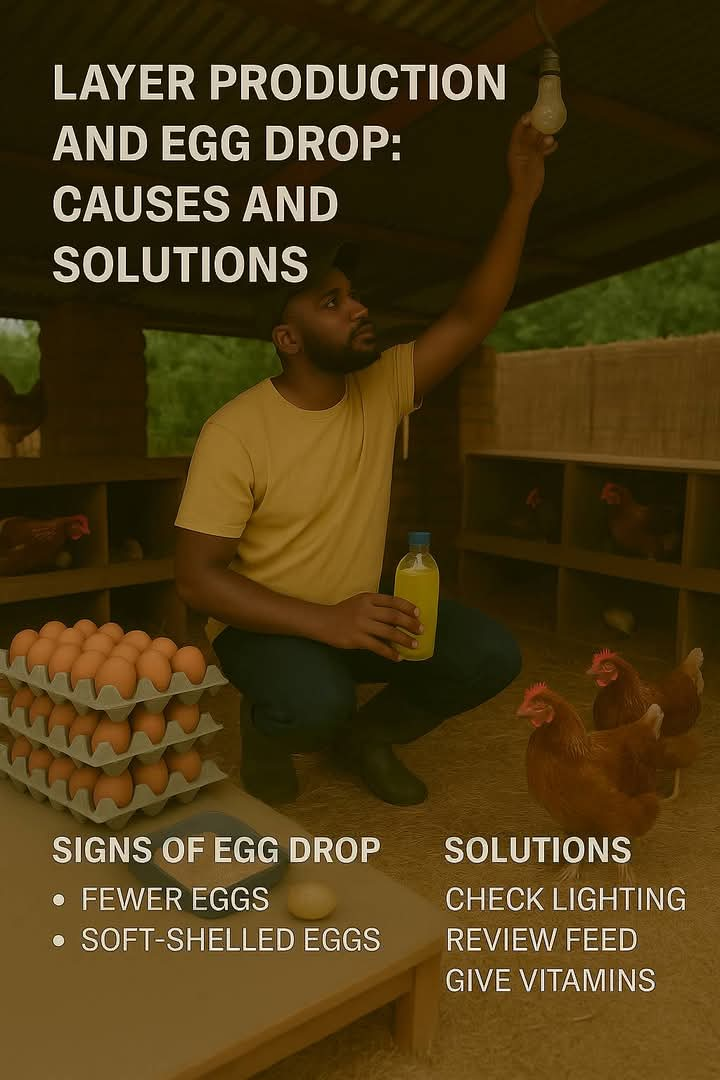Layer Production and Egg Drop: Causes and Solutions
Layer Production and Egg Drop: Causes and Solutions
Egg production is the most important part of layer farming. Farmers raise layers to earn income from selling eggs. When birds stop laying or egg production drops suddenly, it can be stressful and costly. Understanding how to manage egg production and how to fix problems when it drops is key to running a successful poultry business.
This article explains how to manage laying hens and what to do when egg production drops, using lessons from poultry training and real farmer questions.
1. When Do Layers Start Laying
Layers usually begin to lay eggs between 18 to 22 weeks of age, depending on breed, weight, lighting, and feeding. Signs that a pullet is ready to lay include:
* Red and swollen comb and wattles
* Squatting when touched
* Exploring nest boxes
* Increased feed and water intake
2. What Is Normal Egg Production
At full production, you should expect about 85 to 95 percent hen-day production.
This means if you have 100 hens, you should collect 85 to 95 eggs per day during peak laying, which is around 28 to 32 weeks of age.
Production naturally slows down after 60 weeks of age, but a sudden drop before this point is often a sign of poor management or a health problem.
3. Causes of Egg Drop in Layers
a. Poor Lighting
Layers need 14 to 16 hours of light daily to continue laying. If the light is not enough, or if light hours drop suddenly, hens may stop laying.
b. Poor Nutrition
Layers need feed with enough calcium, protein, and energy to maintain production. A change in feed quality or quantity can cause egg drop. Calcium deficiency also leads to soft-shelled or broken eggs.
c. Sudden Stress or Change
Moving birds, loud noises, extreme temperatures, overcrowding, or mixing age groups can cause stress that stops egg laying.
d. Diseases
Diseases like Newcastle, Fowl Pox, and Egg Drop Syndrome can

